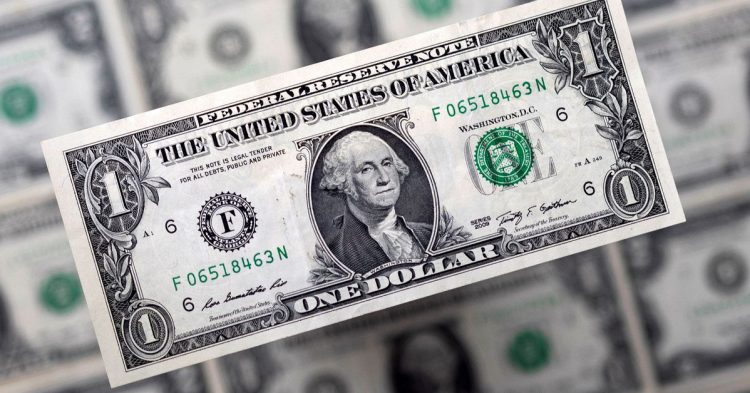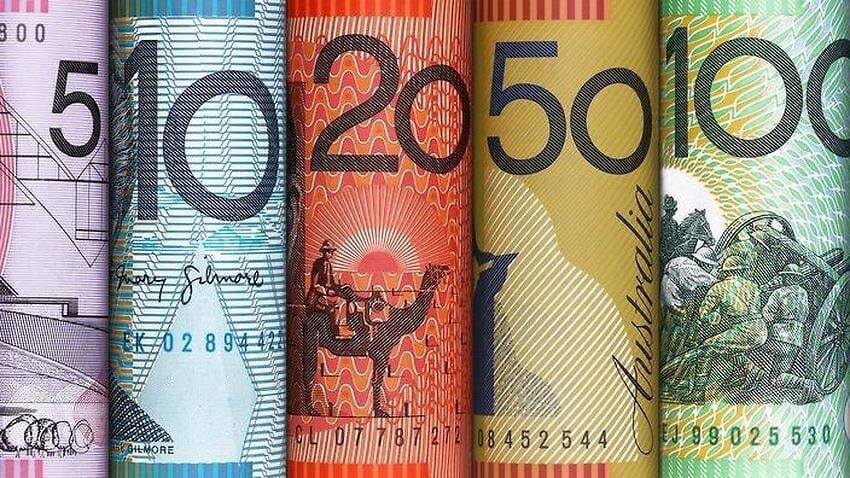Publisher: Maaal International Media Company
License: 465734
Dollar seesaws as inflation outlook stays high on investors’ radar
The dollar edged lower on Monday but losses were contained by data last week that showed U.S. wholesale inflation rose more than expected last month, reinforcing the view that the Federal Reserve may have to keep interest rates higher for longer, Reuters reported.
The U.S. currency made the most upward headway against commodity-linked currencies like the Australian and New Zealand dollars, but briefly rose as much as 0.5% against the pound after data showed the
UK economy recovered in October from a public holiday for Queen Elizabeth’s funeral, but still pointed to a bleak outlook.
Sterling was last down 0.1% at $1.225, having dipped to a session low of $1.2207, and was down 0.1% against the euro at 86.01 pence.
This week is one of the most macro-packed so far this year, with four major central banks holding their final policy meetings of the year, plus consumer inflation data from the United States that could be instrumental in determining the outlook for U.S. interest rates and the dollar.
The U.S. Federal Reserve, the European Central Bank, the Bank of England and the Swiss National Bank will all release rate decisions.
The euro pared overnight losses and rose 0.2% to $1.0549. The single European currency has gained almost 8% so far in the fourth quarter, as investors have previously banked on the ECB sticking to a course of aggressive rate hikes.
Those expectations have been tempered somewhat and money markets show the ECB will most likely raise rates by just half a percentage point this week.
The Fed is widely expected to deliver a rate hike of the same size after a series of 75-basis point increases, especially given the tightness in the labour market and a reasonably resilient economy.
Friday’s data that showed U.S. producer prices rose 7.4% year-on-year in November, compared with forecasts for a rise of 7.2%, has reminded investors of how sticky inflation is proving.
Consumer inflation data for November lands on Tuesday and is expected to show a 6.1% increase in the core reading, which excludes food and energy prices, down from 6.3% in October.
Against the yen the dollar rose 0.2% to 136.87. The Australian dollar was last down 0.3% at $0.6778, while the fell 0.3% to $0.6397.
اقرأ المزيد
The offshore yuan was mostly flat at 6.9782 per dollar, further pressured by worries over a potential spike in COVID cases as China eases its stringent COVID-19 restrictions.









